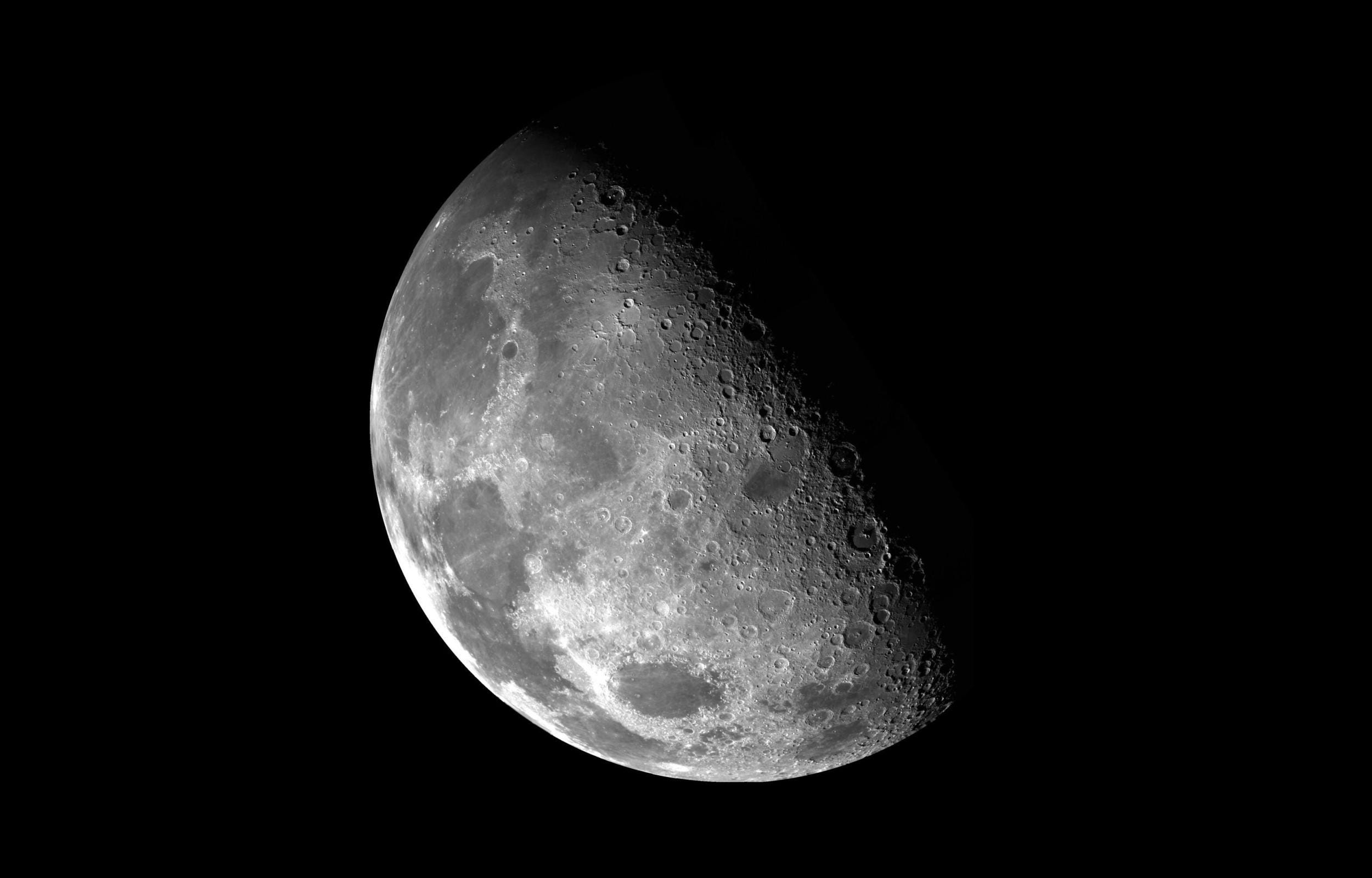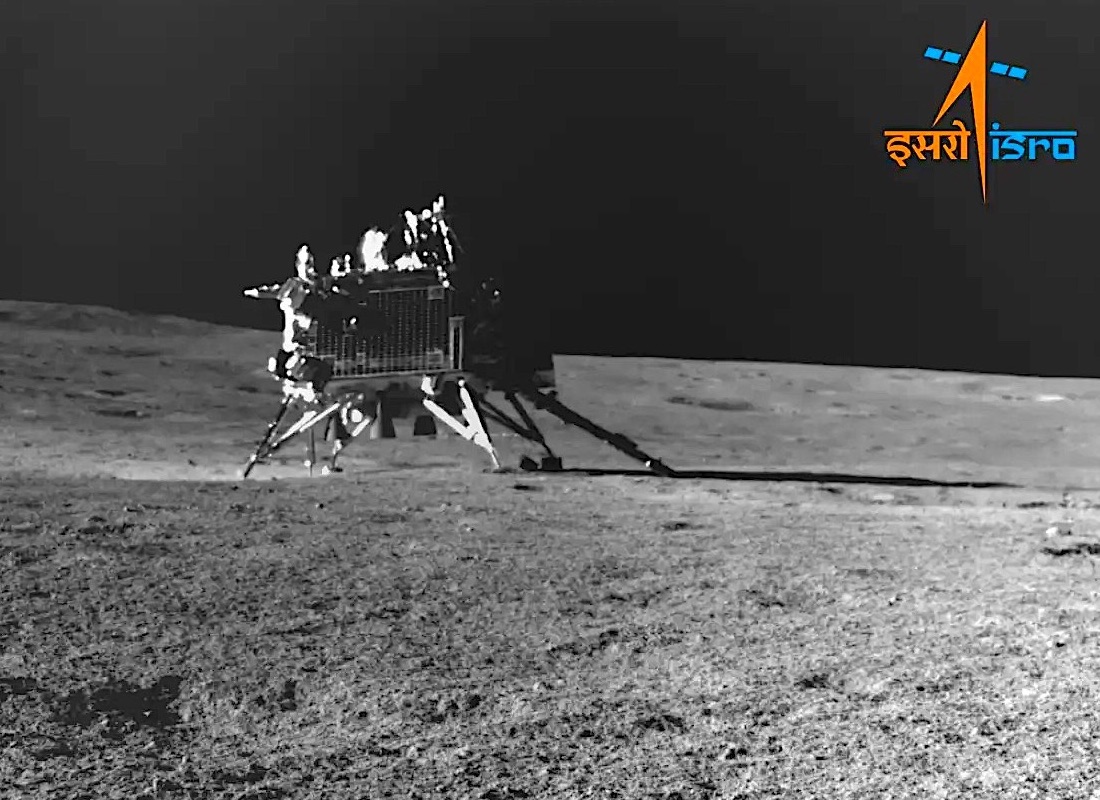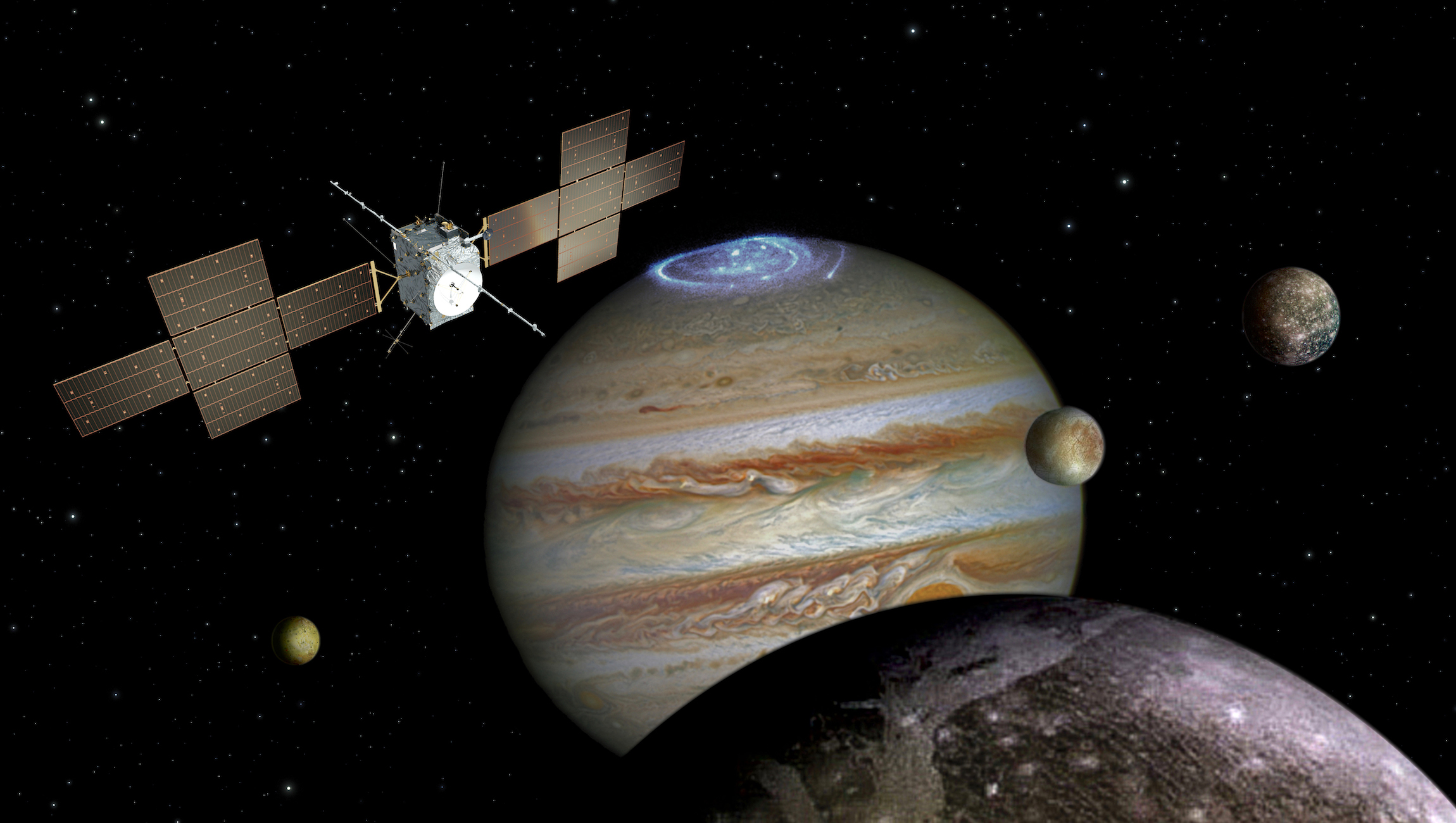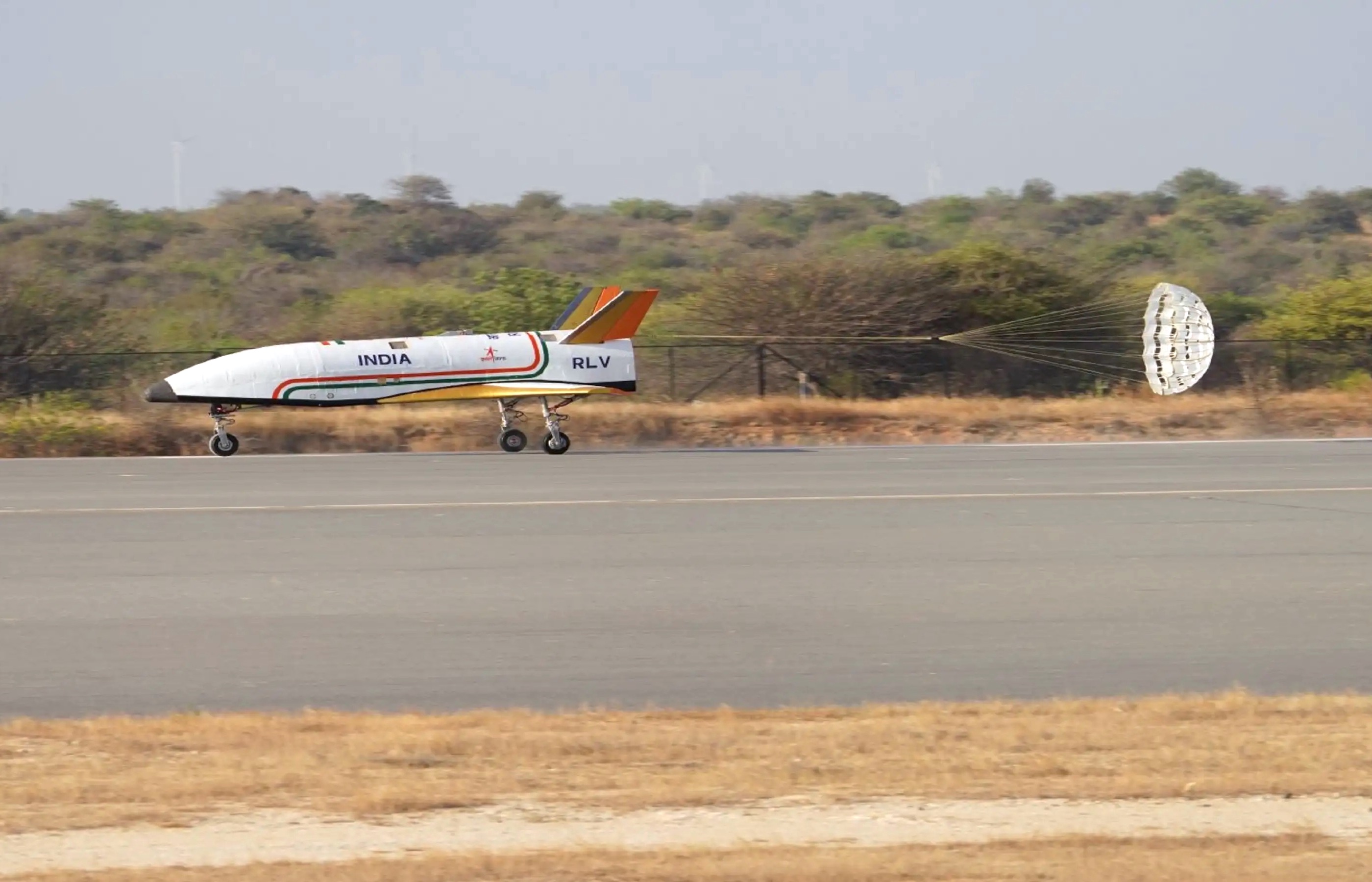Articles
Mission Director of India’s Chandrayaan 1 lunar orbiter has passed away
Today (June 14), Srinivasa Hegde, Mission Director of India’s first lunar orbiter Chandrayaan 1, passed away. Among its many unique feats, Chandrayaan 1 discovered water on the Moon, which encouraged many nations worldwide to explore our cosmic neighbor, and also catalyzed NASA—a key partner on the mission—to




